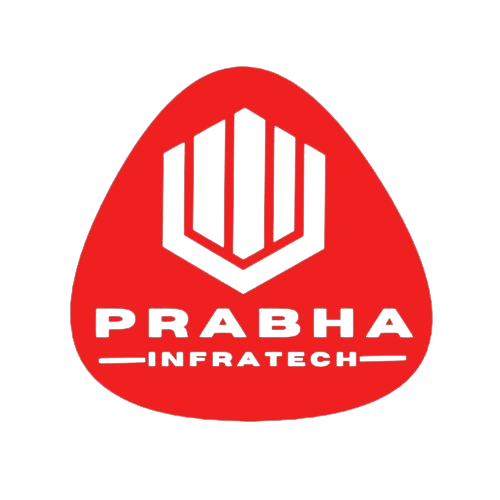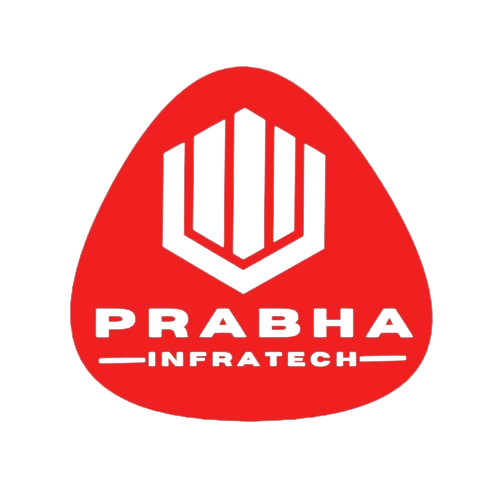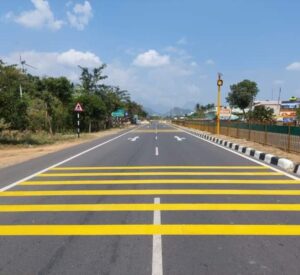The thermoplastic material is typically applied in the form of beads or strips, and is then leveled and smoothed to ensure a consistent and even application. Once the thermoplastic has been applied, it is cooled and solidified to form the final road marking.
Thermoplastic road marking is a versatile and effective method of applying road markings, and it is suitable for a wide range of applications. Some of the most common uses of thermoplastic road marking include:
Line marking: Thermoplastic is commonly used to mark lines on roads, such as center lines, edge lines, and crosswalks.
Symbol marking: Thermoplastic can also be used to mark symbols on roads, such as arrows, stop signs, and handicapped parking spaces.
Safety marking: Thermoplastic is an effective way to mark safety hazards on roads, such as construction zones and areas with reduced visibility.
Thermoplastic road marking is also suitable for use on a wide range of road surfaces, including asphalt, concrete, and brick. Additionally, it can be used in both urban and rural areas and is suitable for use on both highways and local roads.
Thermoplastic road marking is a popular and effective method of applying road markings, and it offers several advantages over other types of road marking materials. Some of the key benefits of thermoplastic road marking include its durability, high visibility, and cost-effectiveness. Additionally, it is versatile and suitable for a wide range of applications and road surfaces.









